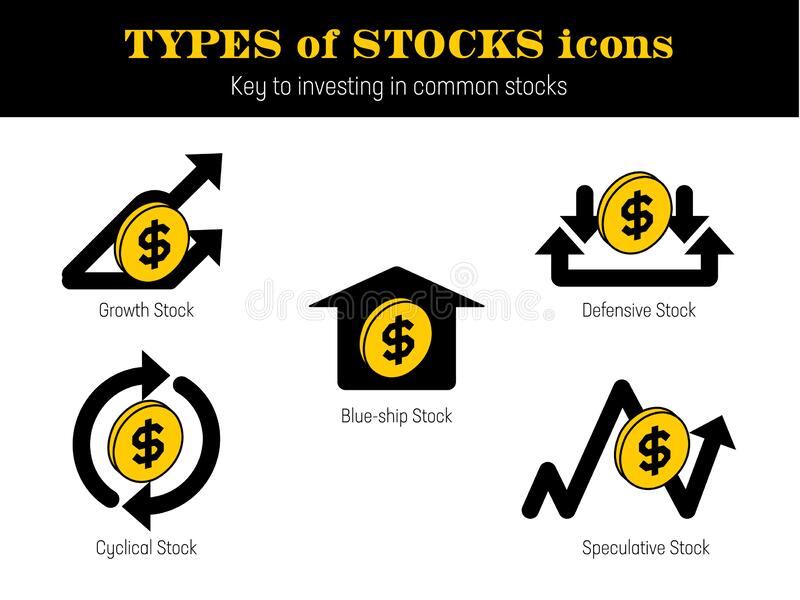
A forex trading plan has many benefits. It can help forex traders limit how many trades they make per week or day and allow them to focus on the details of each trade. Trading in forex markets can be emotional. However, traders can use a trading program to help them manage their trades and reduce the volume. When creating a trading strategy, there are several mistakes forex traders can make. These tips will help you create a trading strategy that works for you.
The building of a trading plan
A trading plan is a document that outlines your strategies and rules for entering and exiting trades. These rules should be flexible enough so that they can be adapted to different market conditions or trading strategies. The plan should also describe how you will handle emotions while trading so that you are not making unwise decisions. Markets change rapidly and can fluctuate so your plan must be constantly evolving. It is also important to update it with new research and your own goals.
You should include clear descriptions of your entry signals when you create a trading strategy. A trading plan should include your criteria for each trade entry. It should also include all your trading indicators. A trading plan can only be as good as its creator. Make sure your trading plan is suited to your personality.

The development of a trading program
This report focuses on how to build a strategy for trading in foreign currency markets. It begins with a brief overview of the currency and various trading concepts and techniques. It then details how you can create your system. Once you have an idea of your goals, you can start building your strategy. You need to take several steps. You should be able to understand the market well before you can start designing your trading system.
First, decide the goals of your trading system. What does it accomplish? How will it implement it? What will it do when it detects a trading opportunity? Does it send an alert? Can it trade on your behalf? Are you sure that you know exactly what you want to do? After you have established the goals for your system, it is time to develop a trading strategy. You can use the trading plan to help you choose which trading strategy.
Adapting your trading plan to market conditions
Your trading plan must change as the market changes. Trading the same way at the beginning of the calendar year will not produce positive results. These opportunities are vastly different from the ones that existed in the first half. Good traders don't have rigid rules or styles - they adapt to the market's changes and opportunities accordingly. Sometimes what worked in one situation may prove to be disastrous in another. To maintain profitability, you must change your strategy.
A trading plan should be tailored to your trading style and goals. As the market changes, you can reevaluate your plan and make adjustments. Your market knowledge will allow you to adjust your plan as the market changes. A good trading plan should include profit targets and stop-loss prices. Although a plan may have been successful in the past it doesn't guarantee it will work for you.

Respect your trading plan
Sticking to your trading plan is one of the best things you can do in order to make consistent trading profits. You will be less likely to lose sight of the big picture if you stick to your plan. Discipline is essential to succeeding in the forex markets, and many traders fail to do this. Here are the steps to maintain your trading plan and develop a solid sense of discipline.
Keep a detailed trading log. A trading plan requires you to keep track of statistics. To determine how you can improve your strategy in the future, you might look at the results of one trade. Take the time to analyze the data. A positive result should encourage you to stick with your plan. Or you might feel obligated not to make trades if they don't work out.
FAQ
Is it really worth investing in gold?
Gold has been around since ancient times. It has maintained its value throughout history.
Like all commodities, the price of gold fluctuates over time. You will make a profit when the price rises. You will be losing if the prices fall.
It all boils down to timing, no matter how you decide whether or not to invest.
Do I need to invest in real estate?
Real Estate investments can generate passive income. However, they require a lot of upfront capital.
Real Estate is not the best choice for those who want quick returns.
Instead, consider putting your money into dividend-paying stocks. These stocks pay monthly dividends which you can reinvested to increase earnings.
What should I look for when choosing a brokerage firm?
There are two main things you need to look at when choosing a brokerage firm:
-
Fees - How much will you charge per trade?
-
Customer Service - Can you expect to get great customer service when something goes wrong?
It is important to find a company that charges low fees and provides excellent customer service. This will ensure that you don't regret your choice.
Statistics
- Some traders typically risk 2-5% of their capital based on any particular trade. (investopedia.com)
- According to the Federal Reserve of St. Louis, only about half of millennials (those born from 1981-1996) are invested in the stock market. (schwab.com)
- Over time, the index has returned about 10 percent annually. (bankrate.com)
- They charge a small fee for portfolio management, generally around 0.25% of your account balance. (nerdwallet.com)
External Links
How To
How to properly save money for retirement
Retirement planning is when your finances are set up to enable you to live comfortably once you have retired. It's the process of planning how much money you want saved for retirement at age 65. Consider how much you would like to spend your retirement money on. This includes hobbies and travel.
You don't always have to do all the work. A variety of financial professionals can help you decide which type of savings strategy is right for you. They'll examine your current situation and goals as well as any unique circumstances that could impact your ability to reach your goals.
There are two main types of retirement plans: traditional and Roth. Roth plans allow you to set aside pre-tax dollars while traditional retirement plans use pretax dollars. It depends on what you prefer: higher taxes now, lower taxes later.
Traditional retirement plans
A traditional IRA allows you to contribute pretax income. You can contribute if you're under 50 years of age until you reach 59 1/2. If you want to contribute, you can start taking out funds. The account can be closed once you turn 70 1/2.
If you already have started saving, you may be eligible to receive a pension. These pensions vary depending on where you work. Many employers offer matching programs where employees contribute dollar for dollar. Some employers offer defined benefit plans, which guarantee a set amount of monthly payments.
Roth Retirement Plans
Roth IRAs allow you to pay taxes before depositing money. When you reach retirement age, you are able to withdraw earnings tax-free. However, there are limitations. There are some limitations. You can't withdraw money for medical expenses.
A 401(k), another type of retirement plan, is also available. Employers often offer these benefits through payroll deductions. Extra benefits for employees include employer match programs and payroll deductions.
401(k) Plans
Most employers offer 401k plan options. They allow you to put money into an account managed and maintained by your company. Your employer will automatically pay a percentage from each paycheck.
You decide how the money is distributed after retirement. The money will grow over time. Many people want to cash out their entire account at once. Others spread out distributions over their lifetime.
Other types of savings accounts
Some companies offer other types of savings accounts. TD Ameritrade has a ShareBuilder Account. With this account you can invest in stocks or ETFs, mutual funds and many other investments. In addition, you will earn interest on all your balances.
Ally Bank offers a MySavings Account. You can use this account to deposit cash checks, debit cards, credit card and cash. You can also transfer money to other accounts or withdraw money from an outside source.
What next?
Once you have decided which savings plan is best for you, you can start investing. Find a reputable investment company first. Ask family members and friends for their experience with recommended firms. For more information about companies, you can also check out online reviews.
Next, you need to decide how much you should be saving. Next, calculate your net worth. Net worth can include assets such as your home, investments, retirement accounts, and other assets. It also includes liabilities, such as debts owed lenders.
Once you know your net worth, divide it by 25. This is how much you must save each month to achieve your goal.
For example, let's say your net worth totals $100,000. If you want to retire when age 65, you will need to save $4,000 every year.